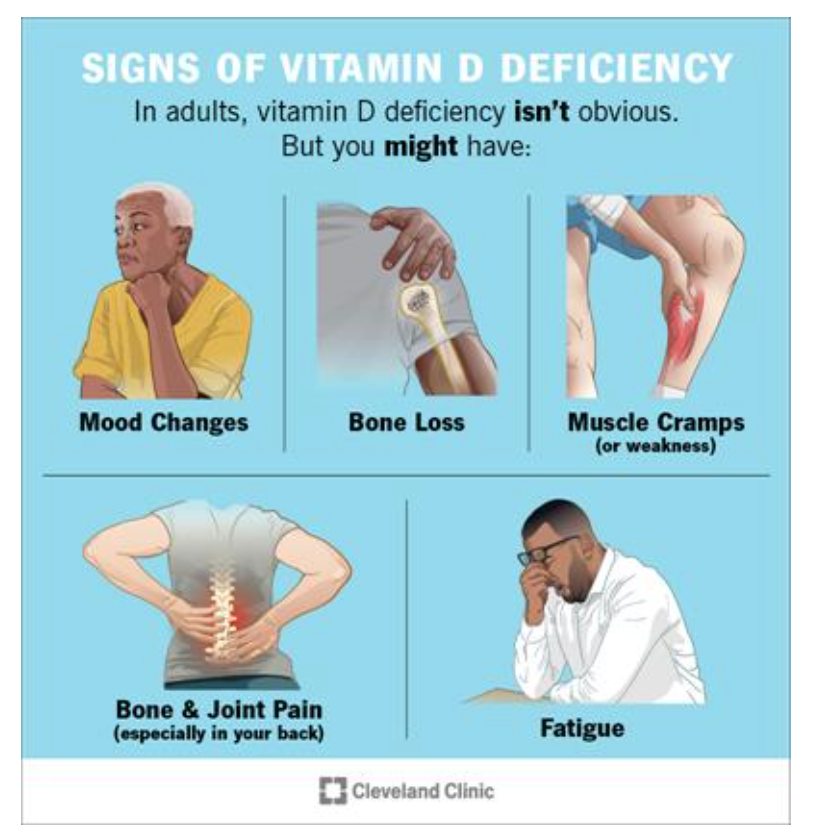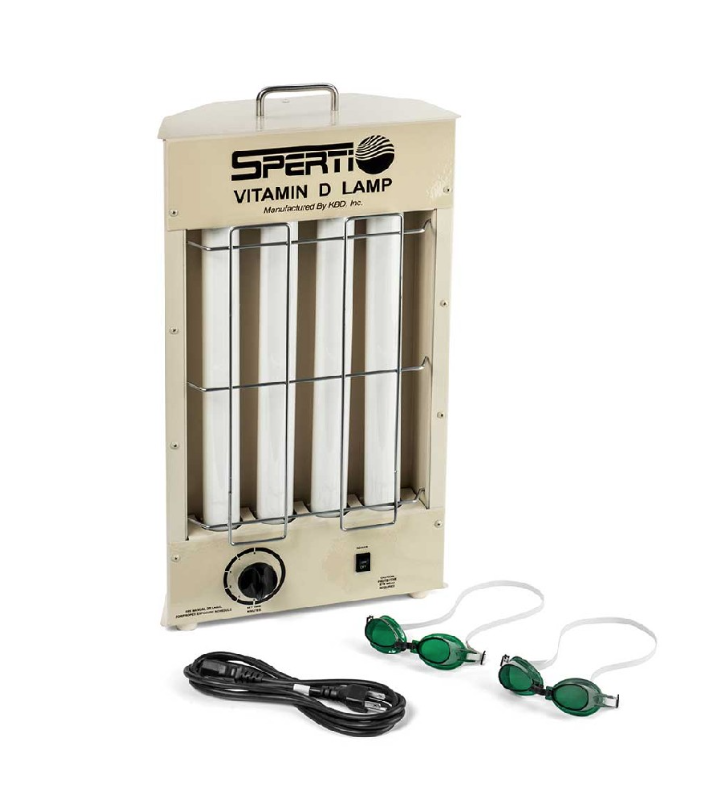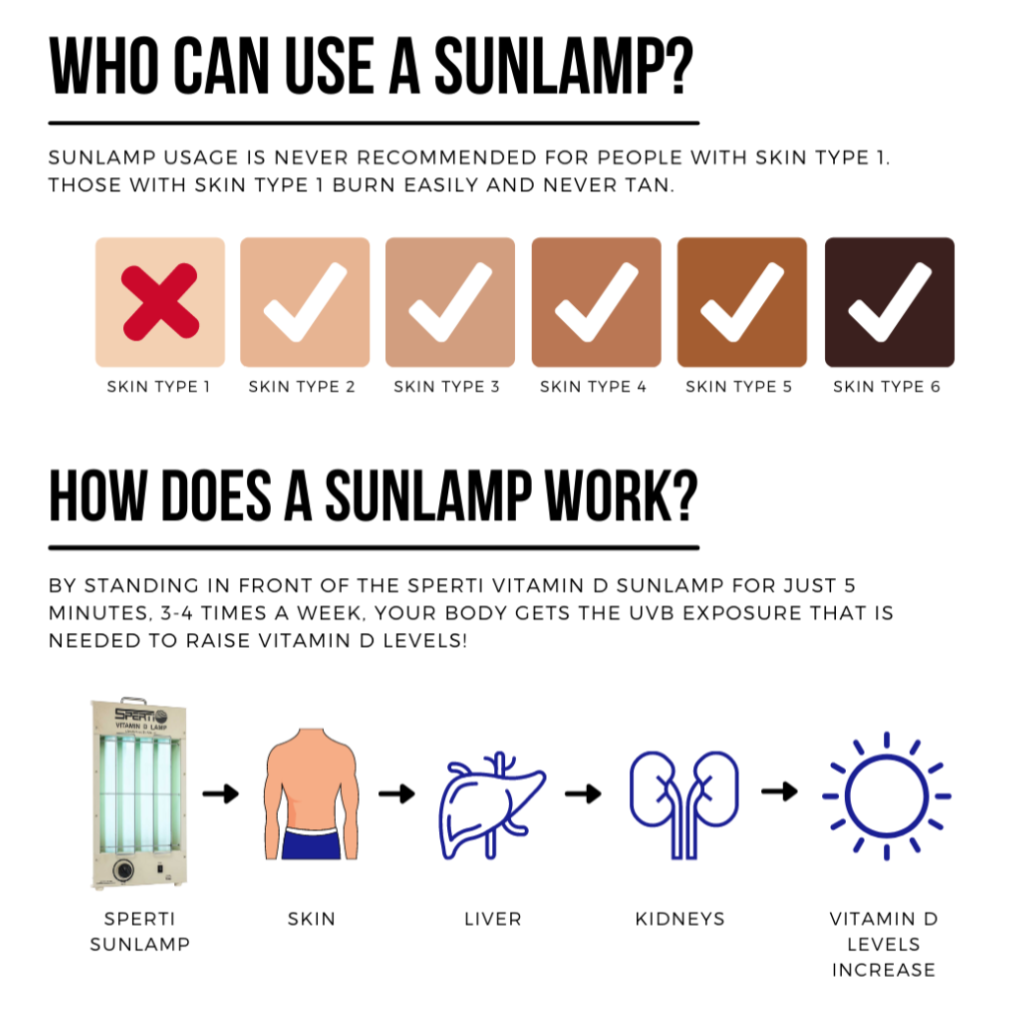The importance of vitamin D is not hype!
Vitamin D is a hormone and nutrient essential for life which:
- Protects us from infections, cancer, diabetes, and dementia.
- Helps the body absorb calcium and phosphorus to build bones and support healthy tissue.
- Serves as an anti-inflammatory, antioxidant, and neuroprotection.
Vitamin D2 is sourced from plants, and vitamin D3 from animals. D3 is more effective at raising vitamin D levels.
A vitamin D deficiency is not always known unless tested.
Blood testing is the main indicator of vitamin D levels. It reflects the vitamin D produced by sunlight, food, and supplements. As vitamin D enters the body, it is broken down by the liver to 25(OH)D and then by the kidneys to 1,25(OH)D.

https://my.clevelandclinic.org/health/diseases/15050-vitamin-d-vitamin-d-deficiency
The lab should test the 25(OH)D; however, if your results indicate a very high or very low level, I recommend retesting. Testing can be complicated by the variability of lab mediums (assays),
resulting in false lows or highs.
Measuring circulating 1,25(OH)2D is not a good indicator because levels decrease only when vitamin D is severely low.
What can cause a Vitamin D deficiency?
- A body mass index of more than 30 because fat cells can isolate vitamin D, so it’s not released.
- Celiac and Crohn’s disease because it can prevent the intestines from absorbing vitamin D through supplements.
- Kidney or liver dysfunction/disease because it may not allow
- the raw vitamin D to be converted.
- Not enough exposure to the sun or darker skin pigment
- Certain medications
- Certain cancers, such as lymphoma
> Serum Vitamin D levels 25(OH)D reported in two ways
> The sweet spot is close to 75nmol/L or 30ng/mL
| Nmol/L or | Ng/mL | |
| <30 | <12 | deficient |
| 30 to <50 | 12 to <20 | inadequate |
| >50 | >20 | adequate |
| >125 | >50 | Adverse effects |
https://ods.od.nih.gov/factsheets/VitaminD-HealthProfessional/
Vitamin D sources
All sources of vitamin D3 will remain in the fat cells until there is enough magnesium to release it. Other co-factors include boron, zinc, and vitamin A.
Supplements are the most common source of vitamin D. Vitamin D2 is manufactured using UV irradiation of ergosterol in yeast. Vitamin D3 is typically produced from lichen or lanolin obtained
from sheep’s wool. Vitamin D supplements are best absorbed with a nutritious fat source such as avocados, nuts, seeds, full-fat dairy, or eggs. The upper tolerable limit for adult supplementation is 4000IU daily. Testing vitamin D levels is important to help guide dosing.
Few foods contain vitamin D, and many are fortified by necessity. Fatty fish is the best natural source.
The sun is a preferred source of vitamin D. During exposure, the skin absorbs UVB radiation and converts it to the previtamin D3, which changes into vitamin D3. Vitamin D synthesis through sun exposure is influenced by time of day, latitude, altitude, air pollution, skin pigmentation, sunscreen, passing through glass and plastic, amount of skin exposed, and aging. The liver and kidneys also metabolize vitamin D by sun exposure.
The Sperti Vitamin D Lamp is an alternative to sun exposure for vitamin D. It’s great for winter months. This machine is proven in clinical studies and is FDA-compliant. The output is 80% UVB and 20% UVA with a wavelength of 250-400NM and will deliver 2300IU of vitamin D3 in a 5-minute session. Go to
https://www.sperti.com/?ref=10727 to learn more.


Be sure to check any contraindications with Vitamin D.
Cholestyramine interferes with the absorption of vitamin D and other fat-soluble vitamins. Phenobarbital, phenytoin, and other anticonvulsant medications may accelerate the body’s use of vitamin D. Blood pressure and heart meds may interfere with high doses of vitamin D.
Disclaimer: The information in this blog is intended for educational purposes only. As a Board-Certified Doctor of Natural Medicine, I do not diagnose or treat disease, an area well attended by licensed physicians. Instead, I identify healing opportunities within the body. Once identified, function and health may be restored by rebalancing the underlying causes and conditions of health challenges. Rebalancing the body’s systems can be a proven stabilizer adjunctive to medical protocols. Not all recommendations
may be appropriate for everyone. Due diligence and a consultation with your physician before engaging in alternative concepts or protocols are recommended.
To your health,
Dr. Gerda
Doctor of Natural Medicine
Aging Strong and Holistic Cancer Risk Reduction Consultant
